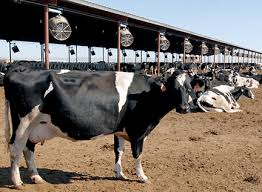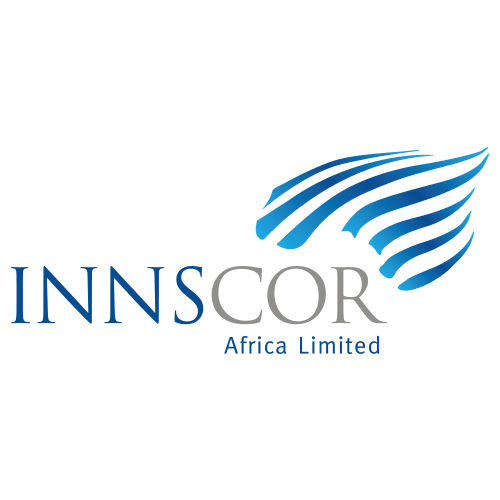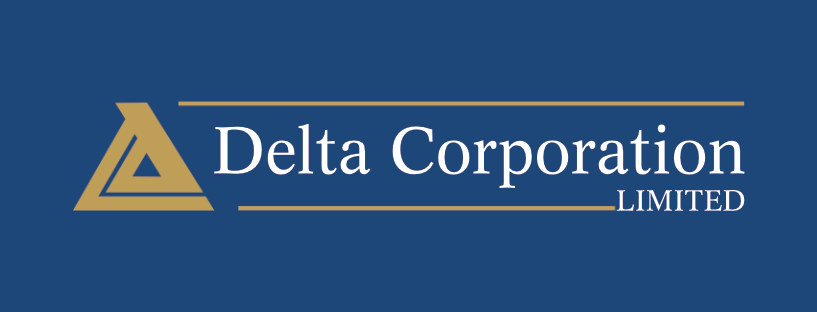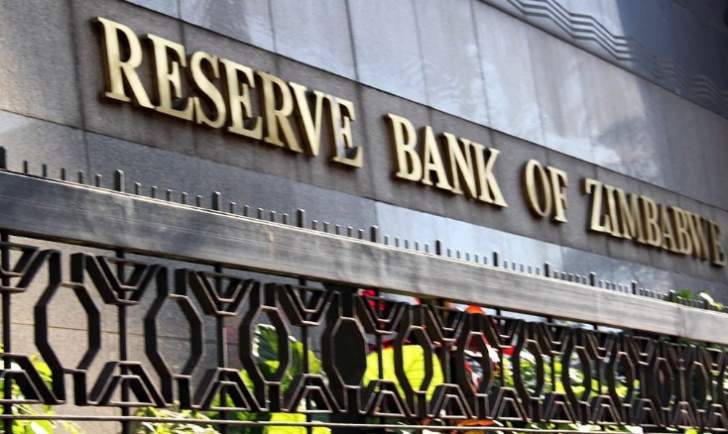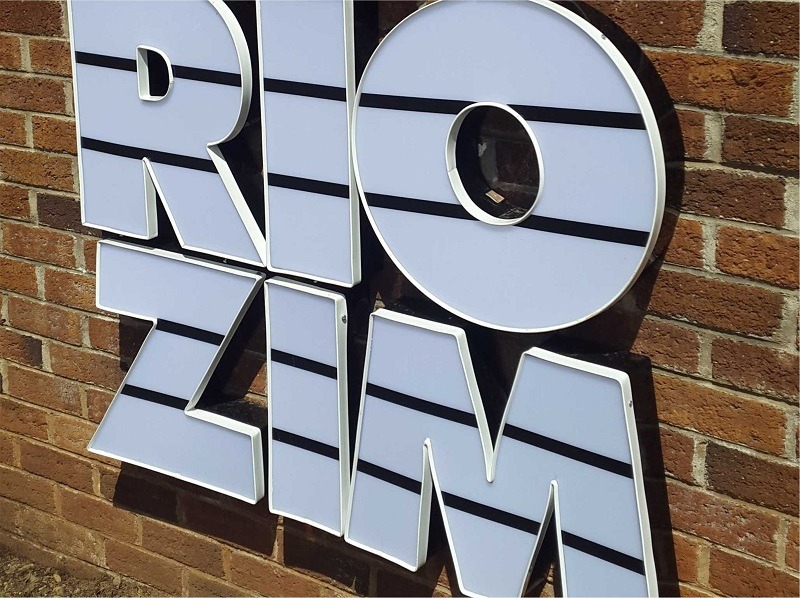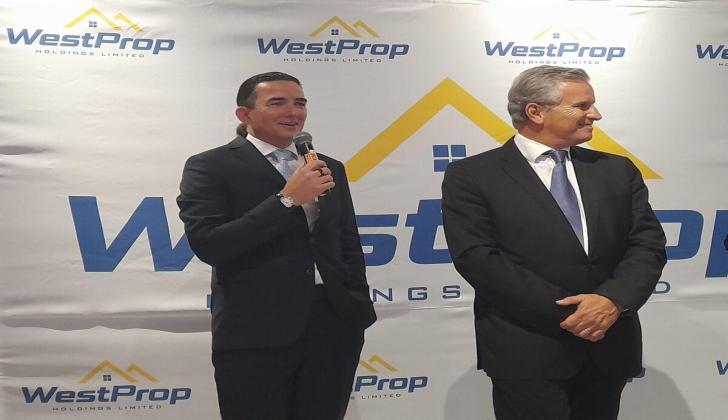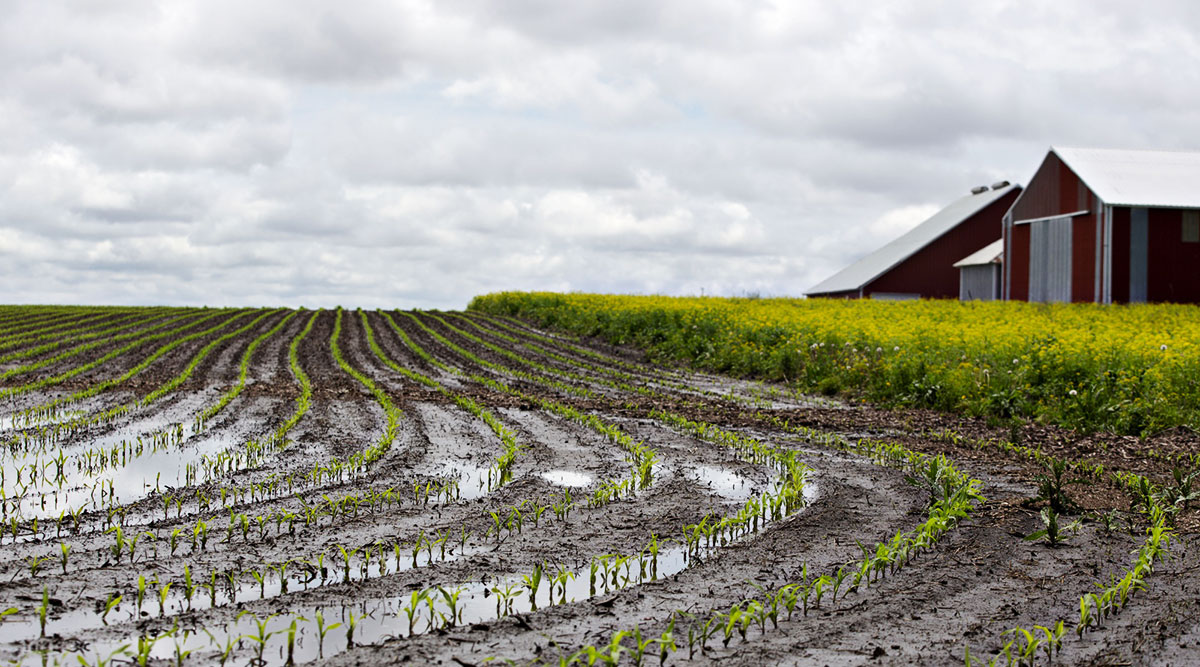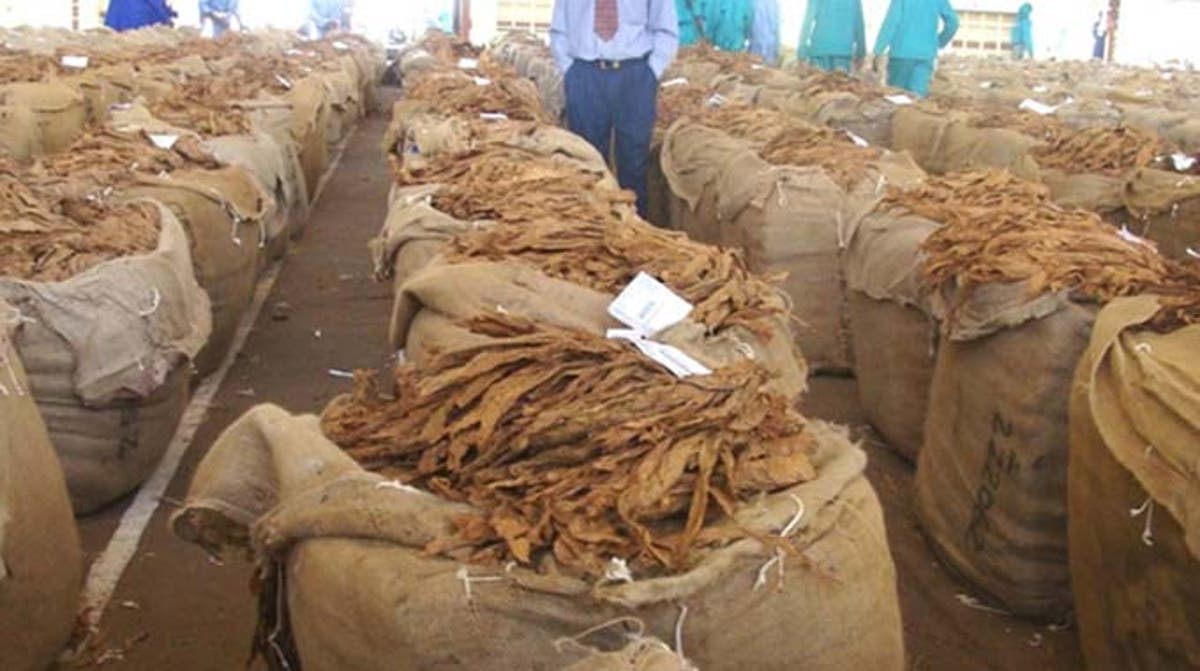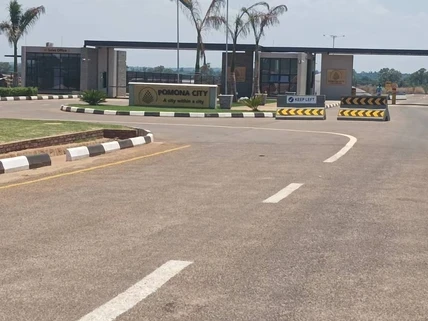WestProp F24: A billion bricks, or a mirage in marble?
HARARE – WestProp Holdings Limited has long pitched itself as Zimbabwe’s vanguard of urban transformation. The ambition is audacious—”One Billion Bricks by 2050.” But beneath the weighty bricks of aspiration lies a complex interplay of growth, risk, and economic friction that warrants deeper scrutiny. The 2024 audited results paint a picture of solid expansion, yet a more discerning eye reveals the unfinished scaffolding of Zimbabwe’s premier real estate powerhouse.
WestProp’s revenue surged 80% to US$29.05 million, with flagship projects Pomona City (US$15.61m), Pokugara (US$9.42m), and Millennium Heights (US$4.02m) driving the topline. Gross profit nearly doubled, signaling improved execution efficiency.
Yet, beneath this glowing veneer, one finds the real source of past profitability—investment property revaluations—weakening. Fair value gains plunged from US$49.5 million in 2023 to US$18.8 million in 2024. That’s a 62% fall, reminding investors that much of WestProp’s historical bottom-line shine has been paper profits rather than recurring cash flow.
WestProp’s net profit declined to US$18.26 million, less than half of 2023’s US$39.43 million. The Group rightly attributes this to reduced revaluation gains and rising operating costs (US$8.64 million vs. US$5.18 million in 2023), driven by expansion.
But this is a pivotal shift. In 2023, WestProp profited more from holding land than building on it. In 2024, the model is tilting toward development-based profitability. The doubling of headline earnings per share from 4 to 8 cents signals a deeper core—small, but strengthening.
This evolution is strategic. It’s a pivot from speculation to execution. But such transitions are neither clean nor cheap.
With total assets now at US$213.51 million, up from US$183.16 million, WestProp appears asset-rich. However, US$158.47 million (74%) is tied up in investment property—predominantly undeveloped or partially developed land. While that anchors long-term value, it remains highly illiquid.
Moreover, receivables ballooned to US$25.06 million, hinting at longer credit cycles or aggressive revenue recognition. Meanwhile, the company’s cash position improved only marginally—from US$2.66m to US$2.82m—even as it burns cash on expansions, investments, and dividends.
The company posted negative operating cashflow of US$4 million—an uncomfortable truth in a year of record revenue. Why? A closer look shows significant rises in trade and related party receivables, suggesting profits have yet to materialize as cash.
To its credit, WestProp responded with internal manufacturing arms—TrustProp Aluminium and BrickFusion Manufacturing—aimed at lowering construction costs and delays. But these require cash outlays upfront before savings are realized.
Strategic Boldness: Bricks, Beehives, and Billion-Dollar Dreams
WestProp is no ordinary real estate developer—it is a branding and lifestyle machine. From smart apartments and AI-driven security to eco-parks and beekeeping, it layers lifestyle appeal over concrete.
Initiatives like the Millennium Heights Aparthotel under a REIT, the Pomona Walk-Up Flats, and the Hills Golf Course reflect ambition and innovation. But every brick adds cost, and the pipeline now boasts a colossal USD 175 million in future developments.
These are not just numbers—they are commitments. Each project carries execution risk, especially in Zimbabwe’s still-volatile macroeconomic setting.
In 2024, US$2.40 million in dividends were declared, despite falling profits and negative cash flow. This raises questions about capital discipline. Is the company stretching to retain investor confidence? Or does it believe so deeply in its future pipeline that near-term cash constraints are immaterial?
Either way, dividend stability may be unsustainable if liquidity remains tight and costs rise further.
WestProp’s story is exhilarating, but it is not yet a fairytale. It is a balancing act: between innovation and overreach, between land value and actual delivery, between green dreams and hard cash.
The move toward asset-backed core earnings is a strength. But to realize its billion-brick ambition, WestProp must now shift from bold announcements to disciplined execution. Cash generation, receivable management, and selective capital allocation—not vision alone—will determine whether the future is built in marble or swallowed in mirage.
As the dust settles on 2024, one question lingers: can WestProp lay not just a billion bricks, but a foundation Zimbabwe’s economy can truly stand on?
Compared to its peers, WestProp stands out as Zimbabwe’s largest listed real estate player by revenue (US$29.04 million) and total assets (USD 213.51 million)—more than double FMP and Mashonaland. Its core growth is underpinned by land development rather than rent-based income like FMP or Tigere.
However, while Tigere boasts 100% occupancy, 92% USD-denominated leases, and consistent cash-backed dividend payouts, WestProp’s negative cash flow and ballooning receivables signal liquidity fragility. Tigere’s lean model with zero external debt and high yield contrasts with WestProp’s capital-heavy pipeline (US$175 million) and dividend payouts despite weak cash reserves.
FMP and Mashonaland both face valuation-driven income volatility, but WestProp remains the most ambitious—yet also the most exposed to execution and funding risks in Zimbabwe’s turbulent environment.
Real Estate Sector 2024 Comparative Table
Metric WestProp FMP Mashonaland Tigere REIT
Revenue US$29.04m US$9.03m US$7.04m US$1.69m
Net Profit US$18.26m (US$57.3m)* US$3.73m Not disclosed
Gross Profit US$11.15m US$4.84m (NPI) US$5.41m (NPI) US$1.32m (est.)
Total Assets US$213.51m US$136.95m US$94.9 m US$36.05m
Investment Property Value US$158.47m US$132.90m US$91.60m US$33.26m
Cash & Equivalents US$2.82m US$498,368 US$438,641 Not disclosed (high ↑)
Receivables US$25.06m Not disclosed Not disclosed ↓27.25% (improved)
Operating Cash Flow (US$4.00m) US$768,050 Negative Stable
Dividend Declared US$2.40 million None US$200,000 USD 1.3 million
Debt Level Moderate (US$~18m) US$1.9m US$5.4m Zero
Occupancy Rate Not disclosed Declining (<90%) Not disclosed 100%
USD Rental Base Not rental-led ~80% Not disclosed 92%
*FMP’s loss was driven by non-cash fair value revaluation, not operating weakness.
finx


